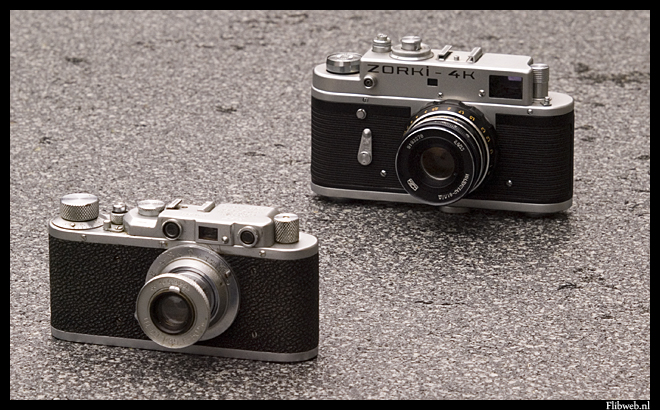Mr_Flibble
In Tabulas Argenteas Refero
My latest addition, FED 1d NKVD, came with a FED 50mm f/3.5 lens.

But unfortunately the camera was caught in a torrential rain last Sunday morning (a few hours before I bought it).
Now there appear to be condensed droplets of water in between the lens elements.
Would leaving the lens in the sun make them go away? Or will I have to tear it down for a CLA.
Any online guides to this? I found one, but it was in an eastern European languages I think. And the sequence of images didn't make sense in any way.
Any advice contemplated and appreciated, 😉

But unfortunately the camera was caught in a torrential rain last Sunday morning (a few hours before I bought it).
Now there appear to be condensed droplets of water in between the lens elements.
Would leaving the lens in the sun make them go away? Or will I have to tear it down for a CLA.
Any online guides to this? I found one, but it was in an eastern European languages I think. And the sequence of images didn't make sense in any way.
Any advice contemplated and appreciated, 😉
Last edited:


